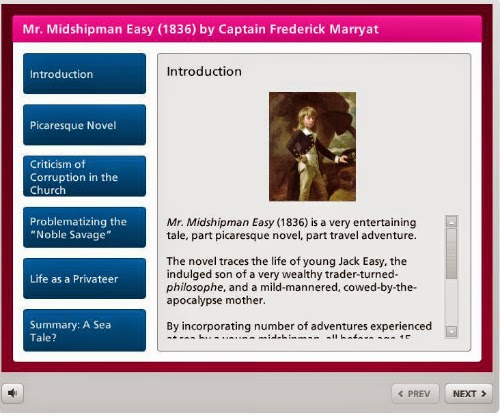1. What is your name and your relation to elearning?
My name is Veijo Kyösti, Co-Founder and Managing Director of Cesim, a Finland based educational technology company focused on developing business simulation games for higher education institutions and corporations. I have been in the industry for over 15 years and am deeply passionate about closing the gap between business theory and the skills actually needed in the workforce today.
 | |
| Veijo Kyösti, Co-Founder & Managing Director of Cesim |
2. What do you see as the benefits of simulations?
Simulations are an excellent tool for instructors to illuminate a variety of business concepts in a risk free online environment that is built on the principle of learning by doing. Students gain invaluable teamwork, decision-making and problem solving skills amongst others, and will better understand the interconnectedness of a company’s functional areas. Employers often lament the divide between the knowledge of graduates and the skills needed in the workforce, so by understanding what drives profitability before ever having worked at a real organisation, students will significantly improve their chances of employment after graduation.
You can read more about the benefits of business simulations here.
3. What are some of the newest developments in simulations?
We are seeing an increased demand for more ways to evaluate the performance of students, so we have recently rolled out the individual results feature which allows instructors to assess students one by one in addition to the default team performance.
Increased modularity and customization is also something we are trying to improve with every iteration, so that instructors can take our off the shelf products and modify them easily if they want to. This is a great way to keep the simulation content fresh from one semester to another.
4. What are some of the business simulations you've developed? Please describe a few of them. Please include screen shots.
We have a range of discipline and industry specific simulations including Cesim Global Challenge (strategy & international business), Cesim SimFirm (general management), Cesim OnService (SME & entrepreneurship), Cesim SimBrand (marketing management), Cesim Hospitality (hotel & restaurant management) and Cesim Bank (banking & finance).
5. How are your business simulations being used? Where? Who uses them
The simulations are most typically used in graduate and undergraduate business courses by instructors at higher education institutions, as well as in corporate training programs by facilitators. Over 300 institutions around the world have used our business simulations to teach 100k+ participants.
More business simulations success stories can be found on our website.
6. What is the future of business simulations?
Generally speaking the potential of simulations is still unrealized at the majority of organizations so there is plenty of room for further growth. In order to facilitate the educational institutions and industry tapping into the full potential of simulations, vendors need to provide simulations that are easy to use, flexible, cost-effective, and link concretely to the learning objectives. In addition, since the overarching learning trend is towards e-learning and blended learning the simulations must be fully compatible with that development.
--












